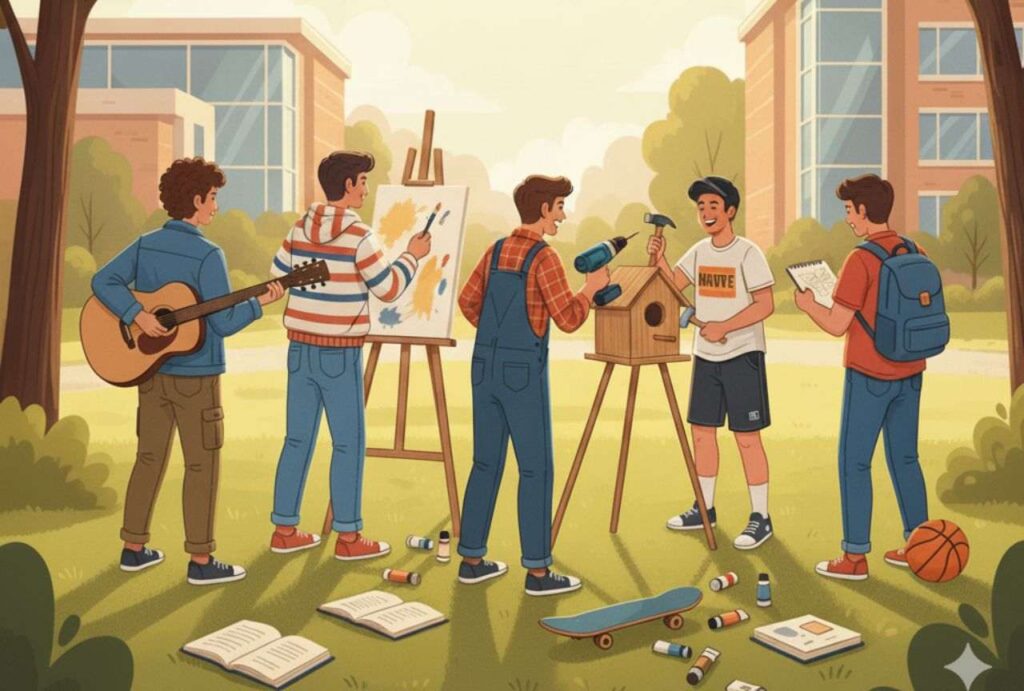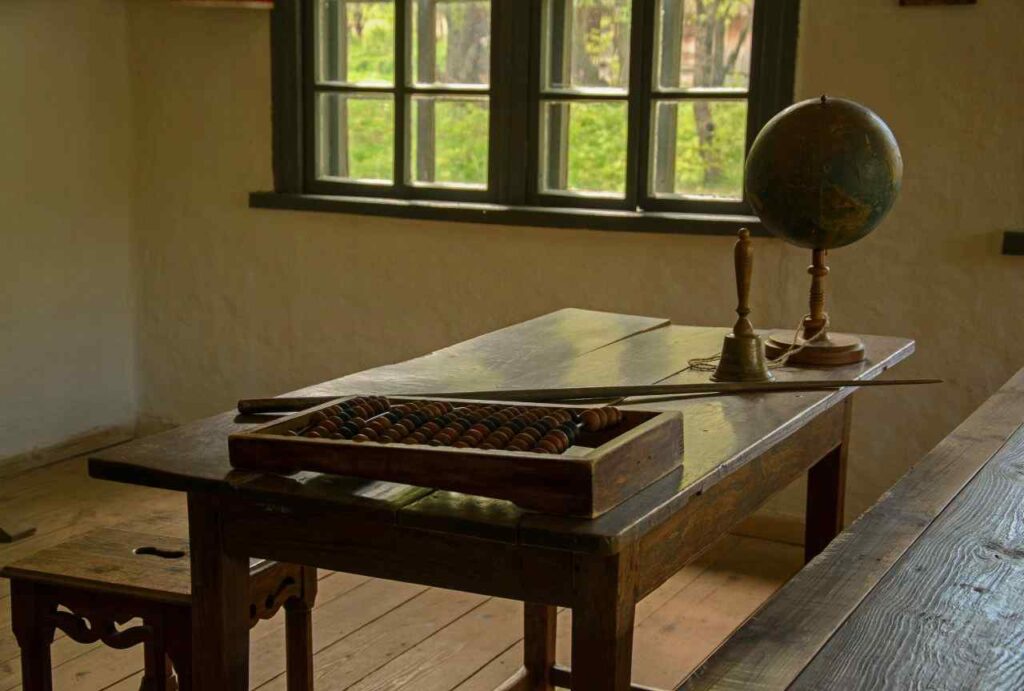Students often hear the same advice when it comes to filling free time: read a book, write in a journal, or watch a movie. While these activities can be enjoyable, they don’t always feel fresh or inspiring. Free time is more than just a break from study sessions, it’s an opportunity to recharge, grow, and explore interests that add value to both academic life and personal development.
The challenge is finding activities that aren’t repetitive, that feel engaging, and that actually fit into the busy rhythm of student life. That’s where a new approach comes in, looking for free time activities that are fun, practical, and rewarding. Whether it’s exploring new skills, connecting with others, or making creative use of available resources, students can discover options that go far beyond the obvious.
This article shares 25 non-boring free time activities for students that are interesting, realistic, and designed to bring both enjoyment and meaningful benefits.
I. Why Students Need Engaging Free Time Activities
- Stress relief and mental balance
Engaging free time activities help reduce academic stress and create a healthier balance between study and relaxation. - Skill development beyond the classroom
Free time can be used to learn practical skills, such as digital design, public speaking, or teamwork—that complement formal education. - Social connection and networking
Activities that bring students together create stronger friendships and professional networks, which can be valuable both during and after college. - Creativity and problem-solving
Trying new hobbies and challenges stimulates creativity, sharpens critical thinking, and encourages innovation in everyday life. - Boosting confidence and adaptability
Exploring non-traditional activities builds confidence by pushing students outside their usual routines and helping them adapt to new situations. - Preventing burnout
Meaningful breaks from academic work help avoid exhaustion and keep energy levels steady for better long-term performance. - Personal growth and self-discovery
Students can use their free time to explore passions, uncover hidden talents, and better understand what motivates them.
II. 25 Non-Boring Free Time Activities for Students
1. Start a Micro Side Project
One of the most rewarding free time activities for students is launching a small project that can be completed in a short period of time. A micro project could be coding a basic mobile app, designing a personal logo, creating a short story collection, or testing a simple online business idea. These small-scale projects don’t require large budgets or advanced resources but allow students to gain hands-on experience.
Working on side projects strengthens creativity, problem-solving, and time management. It also gives students material to showcase in portfolios or during job interviews, which can make a difference in future opportunities. Even a short project completed in free time demonstrates initiative, which is highly valued in both academic and professional environments.
2. Campus Treasure Hunts
Organizing or participating in a campus treasure hunt is a fun and interactive way to spend free time. Students can design creative clues, hide small prizes, or explore campus areas they might not normally visit. This activity not only encourages movement and exploration but also builds teamwork and communication when played in groups.
Treasure hunts are a low-cost way to add excitement to student life while strengthening social bonds. They can also be adapted for different themes, such as academic trivia, cultural knowledge, or seasonal celebrations. For students looking for a break from routine while staying active and connected, this activity offers a refreshing change.
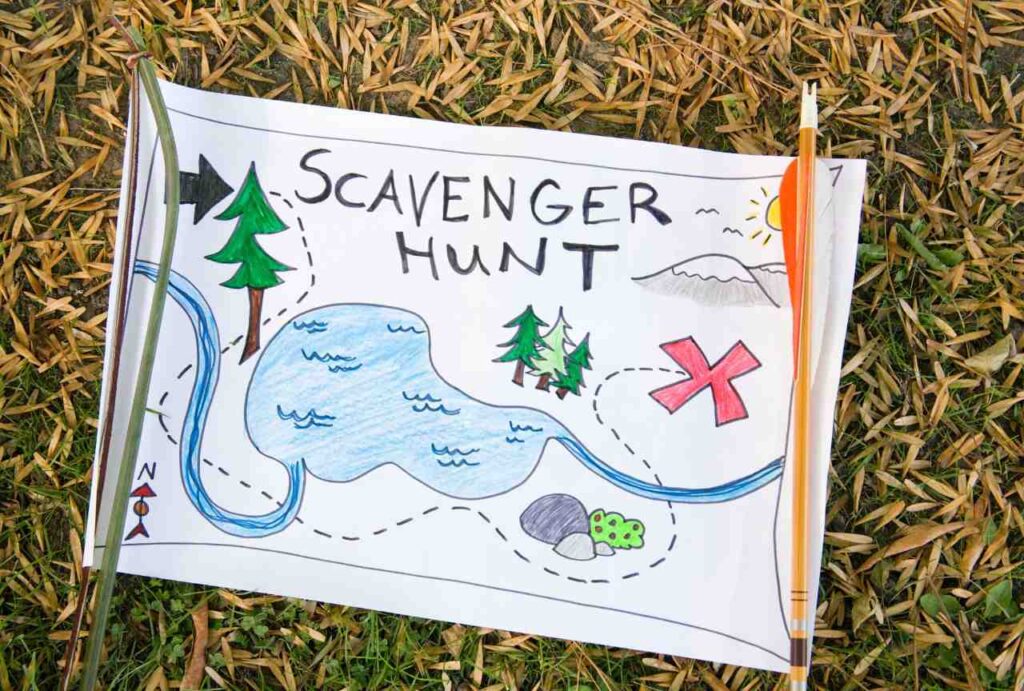
Also Read: 10 Study Habits Proven to Make You a Better Student
3. Skill Swap with Friends
Free time can be used productively by exchanging skills with peers. For example, one student might share photography basics, while another teaches guitar chords, language phrases, or simple coding. Skill swaps work well because every student has strengths that others can benefit from, making the process engaging and inclusive.
This activity enhances collaboration while giving students practical knowledge without extra cost. It creates an environment where learning is social, fun, and adaptable to personal interests. Over time, skill swaps can lead to lasting hobbies, career-related skills, or stronger friendships built on shared growth.
4. Attend Open Lectures or Public Talks
Universities and local communities often host free lectures, guest talks, or panel discussions that are open to students. Attending these sessions exposes students to ideas and topics beyond their academic major. Whether it’s a talk on entrepreneurship, global issues, or scientific innovation, such events expand knowledge and spark curiosity.
These opportunities also allow students to engage with experts and ask questions directly, offering a different learning experience compared to traditional classes. Attending lectures outside of regular coursework can inspire new interests, help with career exploration, and provide valuable networking opportunities.
5. Create a Student Podcast or YouTube Channel
Starting a podcast or YouTube channel gives students a platform to express their thoughts, share experiences, or discuss niche interests. Topics can range from student life and study tips to reviews of books, movies, or games. This activity encourages creativity while also building skills in communication, content creation, and digital editing.
A student-led podcast or channel can become a valuable portfolio piece, showing initiative and media skills. It also provides a space to connect with peers who share similar interests. With free tools and platforms available, starting small is easy, and over time, students can refine their style and reach a wider audience.
6. Explore Local Hidden Spots
Students often spend most of their time on campus, but free time is a chance to discover what the local area has to offer. Visiting independent cafes, small bookstores, art corners, or cultural centers nearby can provide a refreshing change of environment. These places often have unique atmospheres and can become favorite study or relaxation spots.
Exploring hidden local spaces is not only enjoyable but also supports small businesses and community culture. It’s a practical way to break out of routine while still staying close to campus. Over time, students may find places that inspire creativity, offer networking opportunities, or simply provide a quiet escape.
7. Join an Improv or Debate Group
Improvisation and debate groups give students the chance to improve quick thinking, communication skills, and confidence in front of others. Improv helps students relax and react naturally in social settings, while debate strengthens structured arguments and critical analysis. Both activities are engaging, interactive, and supportive of personal growth.
These groups are also excellent for meeting people with diverse viewpoints. Students who participate often gain confidence in class presentations, interviews, and everyday conversations. Whether for professional preparation or just a fun social activity, improv and debate groups are valuable uses of free time.
8. Volunteer in Unique Places
Volunteering is a meaningful way to spend free time, but looking beyond traditional roles can make the experience even more rewarding. Opportunities such as helping at an animal shelter, supporting cultural events, or assisting a local nonprofit organization provide hands-on experience while contributing to the community.
Volunteering builds practical skills like teamwork, responsibility, and problem-solving. It also adds to resumes and portfolios, which can be valuable when applying for internships or jobs. More importantly, volunteering connects students with causes they care about, giving their free time a sense of impact and purpose.
9. Fitness Challenges with Friends
Turning fitness into a group activity can make staying active more enjoyable. Simple challenges like daily step goals, planking contests, or short workout routines add a fun, competitive element to exercise. Students don’t need expensive equipment or memberships—these activities can be done in dorms, on campus lawns, or at nearby parks.
Fitness challenges promote accountability and consistency. They also encourage bonding between friends while improving overall health and energy levels. For students balancing classes and exams, group challenges are a manageable way to stay active and motivated.
10. Language Exchange Meetups
Language exchange meetups are a practical way for students to learn new languages while connecting with others. These gatherings usually pair students who want to practice different languages, creating an interactive and social learning environment. Even learning basic phrases can be fun and useful for travel, career opportunities, or cultural understanding.
Attending language exchanges improves communication skills, cultural awareness, and social confidence. They are often free and available both in-person and online, making them accessible to most students. As a free time activity, language exchange combines personal growth with meaningful interaction.
11. Cooking Together in Dorms
Cooking with friends in the dorm is one of the most practical and enjoyable free time activities for students. It allows everyone to contribute to a shared meal while learning budget-friendly recipes. Group cooking sessions can be simple, using affordable ingredients and basic dorm-friendly equipment.
Beyond the fun, cooking together encourages teamwork and teaches essential life skills. Students discover new recipes, improve their cooking confidence, and enjoy healthier meals than relying only on takeout or dining halls. It also creates a relaxed social setting where students can unwind, eat well, and share the experience.
12. Photography Walks
Photography walks give students a creative way to explore campus or the surrounding city. With just a smartphone or a basic camera, students can capture interesting details, architecture, or everyday student life. These walks turn ordinary surroundings into opportunities for expression and creativity.
Photography as a free time activity sharpens observation skills and encourages students to notice details they might otherwise overlook. Over time, students can build personal photo collections, start online galleries, or even submit work to campus publications. It’s a productive hobby that combines creativity with exploration.
13. Campus Gardening or Plant Care
Many campuses have spaces for gardening projects or student-led environmental initiatives. Taking part in a gardening club or starting a small plant care group brings students together around sustainability and nature. Even caring for indoor plants in dorms can be a refreshing way to spend free time.
Gardening activities promote relaxation, patience, and responsibility. They also help students contribute to a greener campus and create visible results over time. For those interested in sustainability or environmental studies, this activity can also complement academic goals while providing a sense of community.
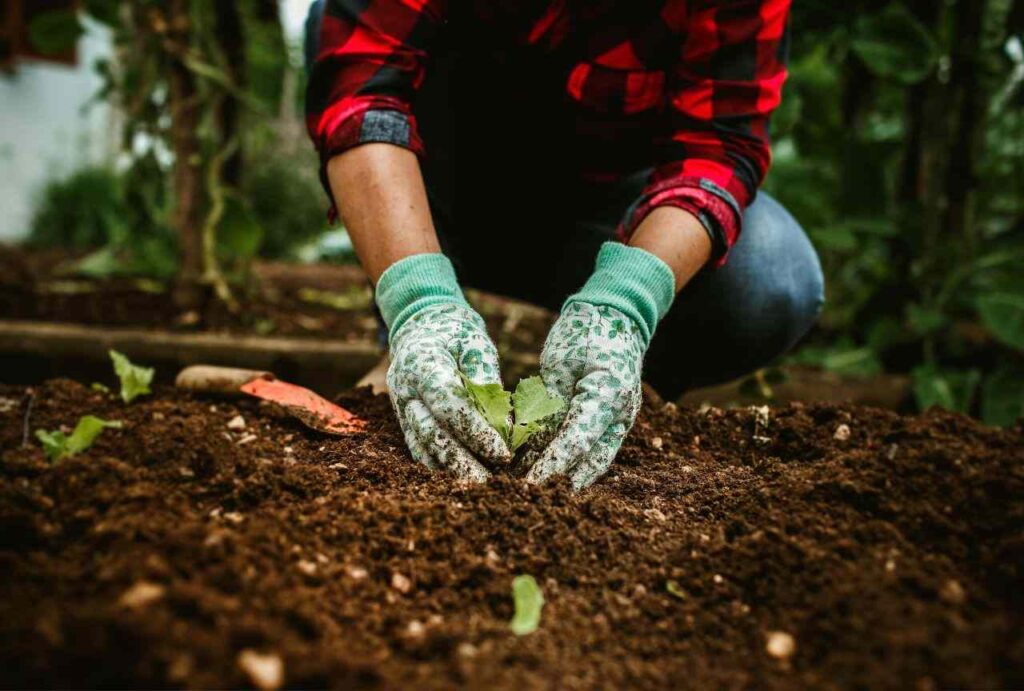
Also Read: All Study Techniques Explained In One Place – Study Guide
14. Hackathons or Creative Competitions
Hackathons and creative competitions are excellent outlets for students who enjoy solving problems or testing their skills in a group setting. These events bring students together to brainstorm, create, and present solutions within a limited time. Competitions may focus on technology, design, business ideas, or arts, offering opportunities for every interest.
Participating in hackathons sharpens teamwork, innovation, and time management. It also provides networking opportunities with peers, mentors, and professionals. Beyond the competition, students gain practical experience and portfolio material that can strengthen applications for jobs and internships.
15. Board Game Nights
Board game nights are a classic but underrated way to spend free time with friends. Strategy-based games, card games, and cooperative challenges provide entertainment while strengthening critical thinking and social interaction. These gatherings can be casual, affordable, and easily organized in dorms or common rooms.
Playing board games encourages teamwork, patience, and communication. It also creates a relaxed environment where students can de-stress and enjoy time together without screens or academic pressure. Regular game nights can become a fun tradition that students look forward to each week.
16. DIY Projects & Crafts
DIY projects are an enjoyable way for students to use their free time creatively while making something useful or decorative. Simple crafts such as upcycled dorm decor, handmade gifts, or personalized stationery can be done with affordable materials. These projects don’t require advanced skills but provide a rewarding sense of accomplishment once completed.
Engaging in DIY activities also helps students relax while developing patience, focus, and creativity. Finished projects can brighten living spaces or even be sold as small side hustles. It’s a versatile free time activity that combines practicality with self-expression.
17. Meditation or Group Yoga
Meditation and group yoga sessions are effective ways for students to recharge mentally and physically. Meditation helps reduce stress and improve concentration, while yoga combines relaxation with gentle movement. Practicing in a group setting adds a social element that can motivate consistency.
These practices fit easily into student schedules and require little equipment beyond a mat or quiet space. They also support overall well-being, improve posture, and enhance focus—benefits that extend into academic life. Free time spent on mindfulness is an investment in both health and productivity.
18. Local Cultural Festivals
Attending local cultural festivals allows students to experience traditions, music, performances, and food that reflect the diversity of the surrounding community. These events are often free or low-cost and offer opportunities to connect with cultures beyond the classroom.
Participation in cultural festivals expands perspectives and builds appreciation for diversity. Students can also use these events to network, try new activities, or engage with local communities. It’s a valuable way to combine leisure with cultural learning while making free time both enjoyable and enriching.
19. Organize Themed Trivia Nights
Trivia nights are a lively and interactive way for students to spend their free time. They can be organized around themes such as movies, history, pop culture, science, or even campus-related topics. Students can host them in dorm lounges, cafes, or online platforms, making them flexible and easy to set up.
This activity promotes teamwork, quick thinking, and friendly competition. It also encourages students to learn interesting facts while enjoying a social evening with peers. Trivia nights can become a recurring event that students look forward to, helping build community and giving everyone a fun way to relax after classes.
20. Organize a Mini Book or Movie Club
A book or movie club is a structured yet enjoyable way to spend free time with peers. Unlike casual reading or watching, clubs focus on discussion, sharing opinions, and exploring themes together. Students can choose short stories, articles, or films that fit into their schedules, keeping the commitment manageable.
Clubs build communication skills, critical thinking, and cultural awareness. They also strengthen social connections through shared interests. Whether hosted in dorms, libraries, or online, a book or movie club adds depth to leisure time and keeps students engaged in meaningful conversations.
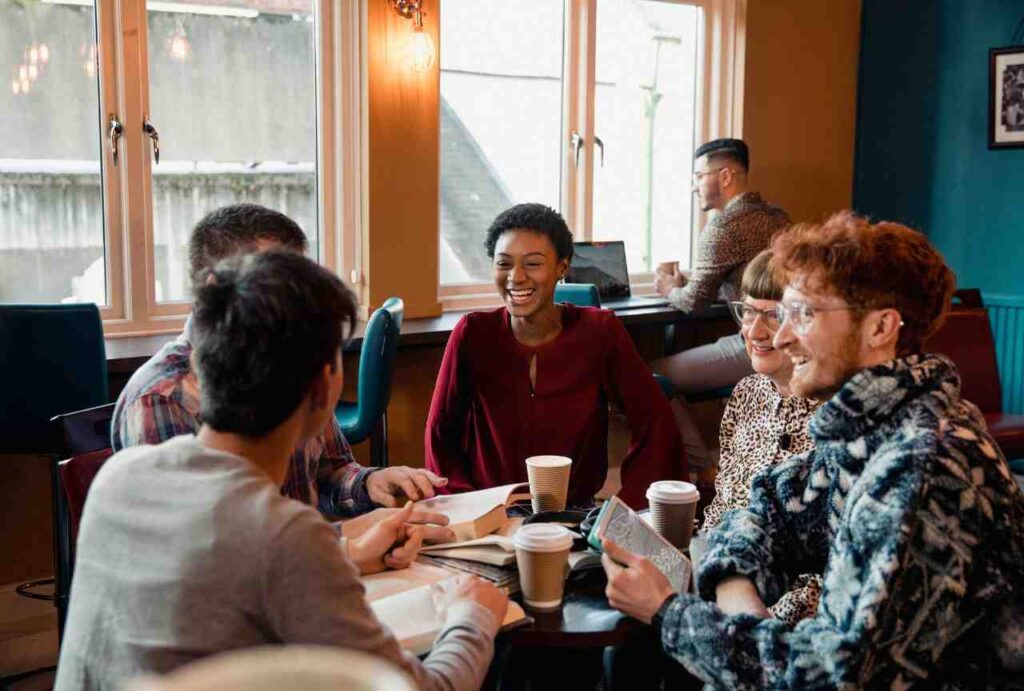
Also Read: How to Recover When Your Brain Stops Craving Learning (Study Slump)
21. Digital Design & Art Challenges
Digital design and art challenges are an engaging way for students to explore creativity using accessible tools. Platforms like Canva, Photoshop alternatives, or even short-form video editing apps allow students to create posters, illustrations, or TikTok edits that express their ideas. Online challenges or campus groups often provide themes or prompts, making it easy to participate.
This activity develops digital literacy and design skills that are increasingly valuable in academic projects and future careers. Students can also showcase their work on social media or portfolios, gaining visibility for their creativity. It’s a practical and fun way to spend free time while strengthening skills in visual communication.
22. Campus Journalism or Blogging
Writing for campus publications or creating a student blog allows students to share perspectives on issues, trends, or events that matter to them. Topics can range from student life and academic tips to reviews of local events or cultural topics. This activity builds writing confidence, research skills, and the ability to communicate effectively with an audience.
Campus journalism also provides networking opportunities with peers and faculty while adding experience that can be highlighted in resumes. Whether published online or in print, contributing to student media makes free time both purposeful and rewarding.
23. Volunteering for Research Studies
Many universities conduct research studies that welcome student volunteers. Participation may involve surveys, experiments, or interviews, and often comes with compensation or valuable insights into academic research methods.
Taking part in research studies allows students to contribute to knowledge development while gaining firsthand experience of how studies are conducted. For students interested in academic careers or specialized fields, this activity is both educational and beneficial. It’s also a flexible way to spend free time, as participation usually fits into student schedules.
24. Adventure Sports or Outdoor Activities
Adventure sports and outdoor activities offer an energetic alternative for students who want to combine free time with physical activity. Options such as hiking, kayaking, cycling, or rock climbing provide fresh air, exercise, and a sense of challenge. Many campuses or local clubs organize affordable group outings, making participation accessible.
These activities improve fitness, build resilience, and encourage teamwork. They also create lasting memories and connections with peers. For students who prefer active hobbies, outdoor adventures are an ideal balance to time spent in classrooms and study areas.
25. Skill Monetization
Free time can also be used productively by turning personal skills into small income opportunities. Students with abilities in design, tutoring, writing, coding, or language learning can find freelance gigs online. Platforms for freelancing or peer-to-peer services make it possible to start small and grow gradually.
Monetizing skills not only brings financial benefits but also develops professional discipline, time management, and client communication. It gives students real-world experience that can later translate into larger opportunities. This makes it one of the most practical and rewarding free time activities for students.
III. Taking Initiative with Free Time Activities
Free time activities for students are more than just ways to pass the hours, they can become experiences that bring enjoyment, energy, and long-term benefits. The key is not waiting for opportunities to appear, but creating them. If an activity is not already available on campus, students can take the lead by starting something new, whether it’s a club, a casual gathering, or an online group.
Sharing these activities with friends makes them more enjoyable and creates stronger connections. Promoting a new initiative through student networks, social media, or campus boards can attract others who are also looking for engaging options. This not only makes free time more fulfilling but also helps students develop leadership and organizational skills.
By taking initiative, students transform their free time into something that is both enjoyable and valuable. With creativity and consistency, these activities can grow into meaningful parts of student life that recharge energy, build skills, and leave lasting positive experiences.
